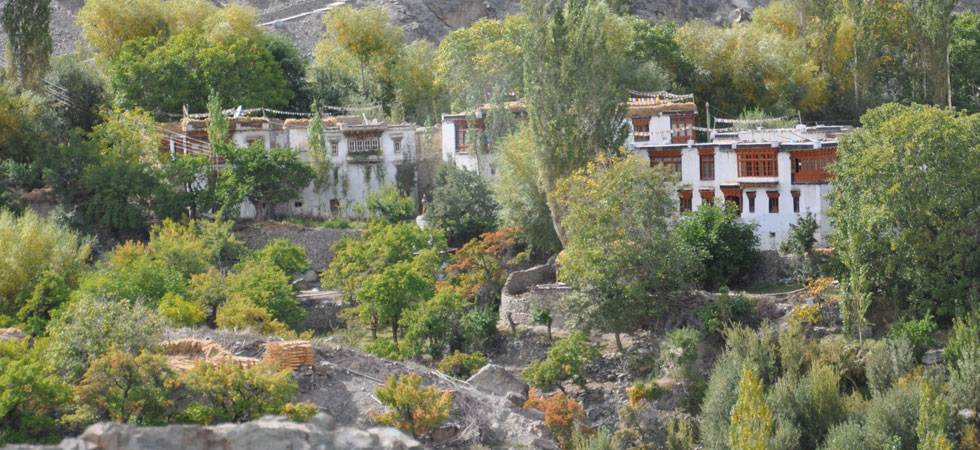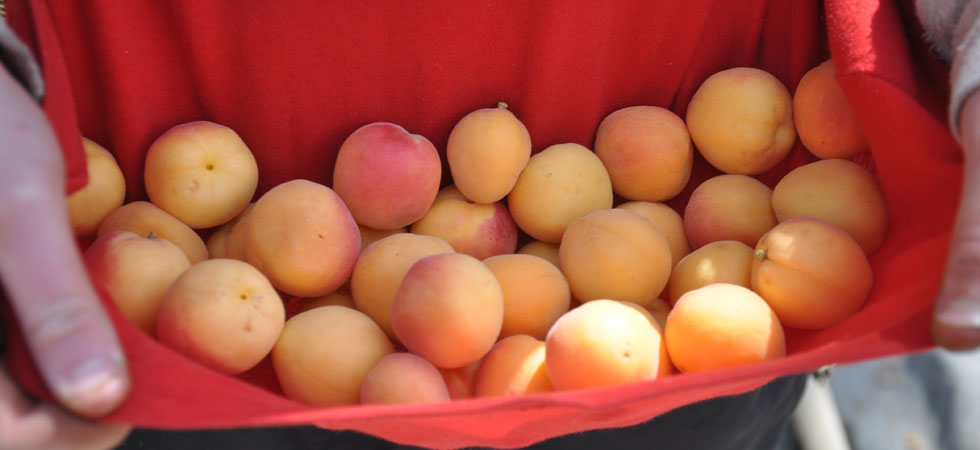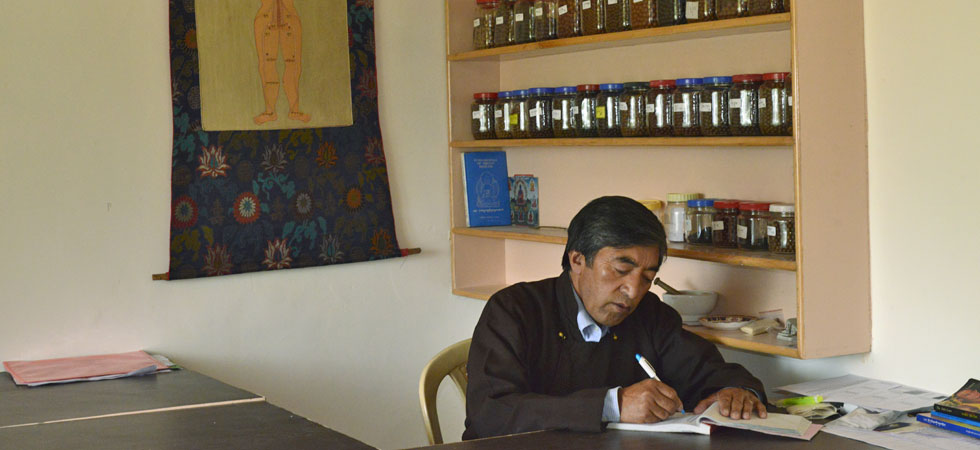A Brief History of Tibetan Medicine
The main text of Tibetan medicine (also known as Sowa-Rigpa medicine) is known in Tibetan as the Gyushi, which means 'The Four Tantras'. It consists of four volumes that each cover different aspects of Tibetan medical knowledge and practice; these subjects are discussed in detail in the second, third and fourth volumes of the text. The second volume, the Explanatory Tantra covers anatomy and pharmacopoeia. The third volume, the Instructional Tantra, which is by far the largest, deals with Tibetan disease categories, how they come about, how they should be diagnosed and treated. The fourth volume, the Instructional Tantra, deals with diagnosis and therapeutic techniques.
The first volume, which is the shortest, summarises Tibetan medical knowledge using the metaphor of tree with three roots representing the condition of the body, diagnosis, and treatment. This volume also gives an account of the origin of the medical teachings. We are told that the Medicine Buddha appears in the mandala or palace of medicine, surrounded by many disciples. From his heart is emanated the sage Rigpa Yeshe, who represents the mind aspect of the Medicine Buddha, and from his tongue is emanated the sage Yilè kyes, who represents the speech aspect. The whole medical teaching then takes place as a dialogue between Yilè Kyes requesting the teachings and Rigpa Yeshe giving them; each chapter in the Gyushi begins in this way, with Yile Kyes requesting the medical teachings of the specific subject to be discussed.
According to Tibetan medical history, this knowledge was compiled in a Sanskrit text which was translated into Tibetan by the great translator Vairocana in the eighth century, it was then passed on to Padmasambhava, who concealed the text in a pillar of Samye monastery. In 1098 the text was taken from Samye monastery by Drapa Ngon Shè and passed on to Yuthog Yontan Gompa who revised it according to knowledge he had gathered after making several journeys to India. A major turning point in the history of Tibetan medicine was during the period of the fifth Dalai Lama in the seventeenth century. He began to establish medical institutions and produce a new xylographic edition of the Gyushi. The work he initiated was completed by his regent Sangye Gyamtso (1653-1705), who revised the Gyushi and composed his famous commentary to it the Blue Beryl. The view that the Gyushi was translated from a Sanskrit original brought from India represents one historical tradition in Tibet. There is another long standing tradition which took another stance, namely that the Gyushi is not a translation of a Sanskrit original but was composed by Yuthog Yontan Gompo. During the period of the Royal dynasty from the seventh to the ninth centuries Tibet was the dominant imperial force in Central Asia, and as such was open to the influence of the neighbouring regions of Iran, China, Nepal and India. Cultural influence also came from the Central Asian Towns along the Silk Route where Tibet had a strong military presence. During this period physicians from different medical traditions were invited to Tibet and medical works of their traditions were translated into Tibetan.
In the eleventh century, during the period of the later propagation of Buddhism in Tibet numerous Ayurvedic texts were translated into Tibetan including the famous Collection of the Essence of the Eight Branches by Vagbhata. Medicine was also influenced in this period by the new influx of Tantric cosmological notions; the Kalachakra tantra, which has had a major influence on Tibetan medicine and astrology was translated in 1027. Also at this time translations were made by Orgyenpa Rinchenpal of Indian medical texts dealing with mercury based medical compounds. Tibetan medicine is thus a highly integrated system which contains elements of Ayurvedic, Persian and Chinese medicine woven together with Tantric cosmology and indigenous Tibetan material.





